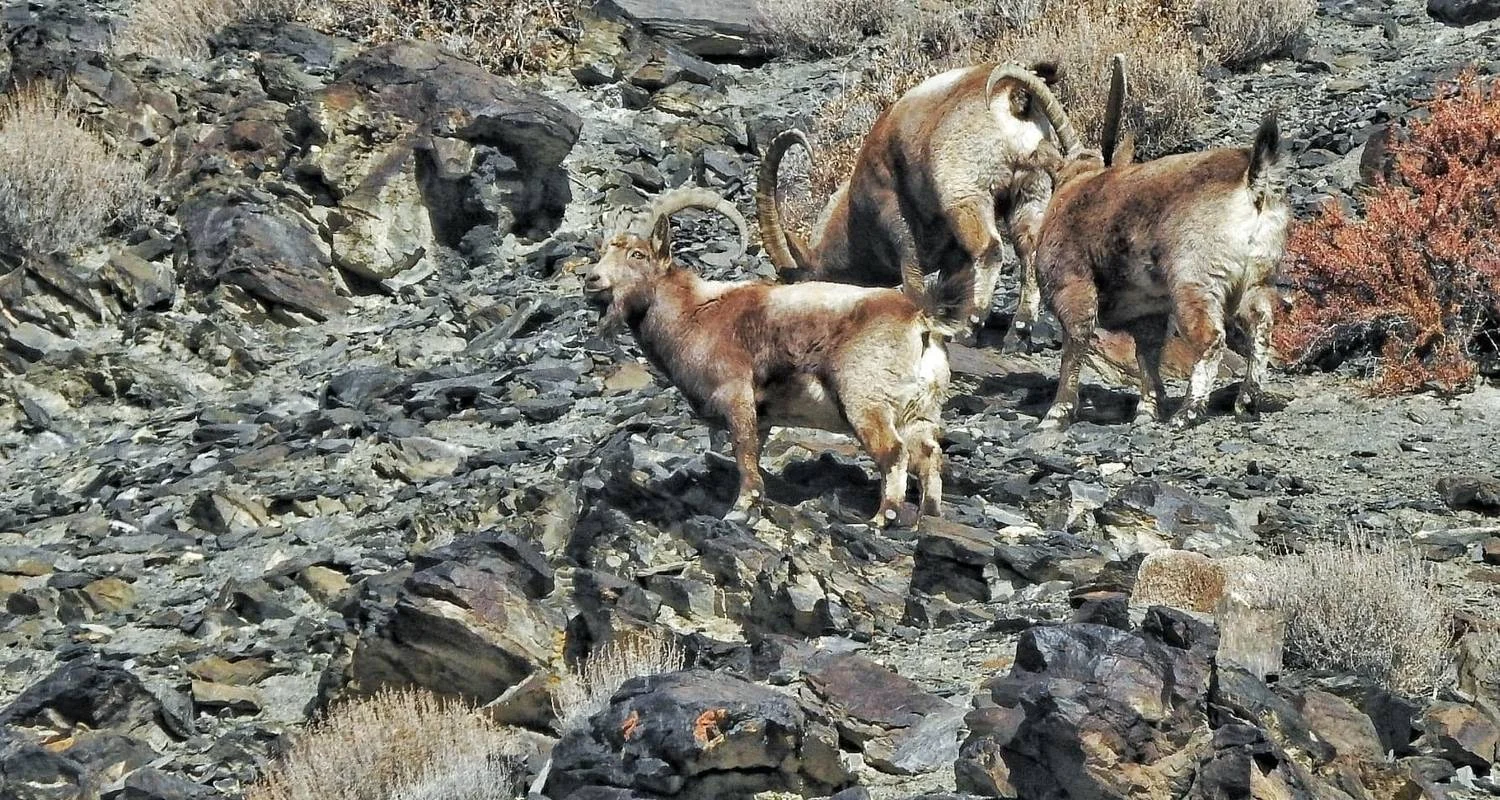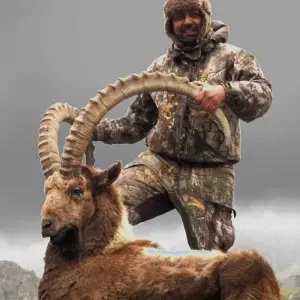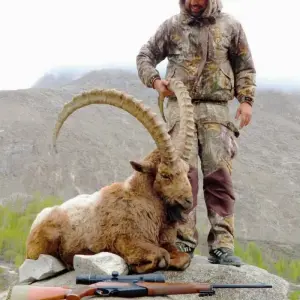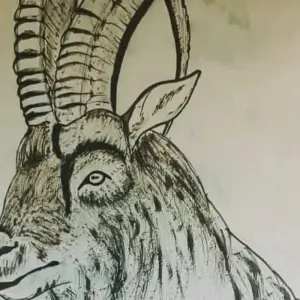Terms and Conditions updated 13 June 2023
SUPPLEMENT CHARGE:
On our holidays tour / trek packages, rooms or tents are provided in twin sharing basis. Thus, single room supplement charge will be imposed to client who does not have another tour participant to share room / tent with.
INCOMPLETE TOUR:
No refund will be made to clients who drop out from the journey regardless of whatever portions remain unused in the itinerary.
CLIENTS’ RESPONSIBLE:
A tour / trek guide who represents Exploria deserves all authority during your tours. If you commit any unlawful act, you are compelled to leave the tour. No refund will be made in such case.
TRAVEL INSURANCE:
EXPLORIA will provide the insurance only for our staff and local porters and EXPLORIA not responsible for the clients insurance. The Company strongly recommends that all travelers purchase trip cancellation & interruption, hospital and medical, and baggage insurance to protect their travel plans.
TRAVEL DOCUMENTS
It is the client’s own responsibility to obtain passport and travel visa. The client is responsible for providing the Company with correct, complete and accurate information regarding personal details. Failure to comply with this requirement may lead to unnecessary financial loss or the client’s dismissal from the tour.
HEALTH & FITNESS REQUIREMENTS
The Company is unable to accommodate participants with physical or mental disability who require special attention. Our tours involve frequent and strenuous walking and stair climbing. For our trekking, a high level of fitness is required of all clients. A client who is deemed unreasonably impeding the progress of the tour due to physical disability will be removed from the tour at the client’s expense. Anyone over the age of 74 is required to submit a completed form for the Company to assess their ability to travel.
CANCELLATION:
31 days or more: 80% refund
30/11 days before the circuit starts: 50% refund
10/01 days before the circuit starts: 20% refund
No show 0% refund (No Refund)
Limitations/Liabilities
While EXPLORIA makes every effort to assure the highest quality tour programmers possible, EXPLORIA shall not, in any event whatsoever, be responsible in any way for personal injury, loss or damage to baggage and/or personal property, illness or death, or for any damages or claims sustained by the participant arising out of the participant’s involvement in our tours.
Upon booking with EXPLORIA, you accept and understand that there is an element of risk and hazard to partaking in adventure programmers of this nature. Any and all matters of unforeseen circumstances may occur, resulting in changes in routing, mode of transport, or accommodation and unfulfilled portions of the itinerary. EXPLORIA will not be responsible for itinerary delays, changes and cancellations and resulting expenses incurred by participants due to inclement weather, natural disasters (ie. landslides, avalanches, earthquakes, flooding, etc.), mechanical breakdowns, flight cancellations, political unrest and local strikes. Such changes, substitutions and cancellations made necessary due to the above-noted and related conditions may be made by EXPLORIA at any time and without notice.
Participants booked and confirmed on an EXPLORIA programmer are required to sign the booking form signifying acceptance of all terms and conditions as outlined.
Terms and Conditions prior to 13 June 2023
SUPPLEMENT CHARGE:
On our holidays tour / trek packages, rooms or tents are provided in twin sharing basis. Thus, single room supplement charge will be imposed to client who does not have another tour participant to share room / tent with.
INCOMPLETE TOUR:
No refund will be made to clients who drop out from the journey regardless of whatever portions remain unused in the itinerary.
CLIENTS’ RESPONSIBLE:
A tour / trek guide who represents Exploria deserves all authority during your tours. If you commit any unlawful act, you are compelled to leave the tour. No refund will be made in such case.
TRAVEL INSURANCE:
EXPLORIA will provide the insurance only for our staff and local porters and EXPLORIA not responsible for the clients insurance. The Company strongly recommends that all travelers purchase trip cancellation & interruption, hospital and medical, and baggage insurance to protect their travel plans.
TRAVEL DOCUMENTS
It is the client’s own responsibility to obtain passport and travel visa. The client is responsible for providing the Company with correct, complete and accurate information regarding personal details. Failure to comply with this requirement may lead to unnecessary financial loss or the client’s dismissal from the tour.
HEALTH & FITNESS REQUIREMENTS
The Company is unable to accommodate participants with physical or mental disability who require special attention. Our tours involve frequent and strenuous walking and stair climbing. For our trekking, a high level of fitness is required of all clients. A client who is deemed unreasonably impeding the progress of the tour due to physical disability will be removed from the tour at the client’s expense. Anyone over the age of 74 is required to submit a completed form for the Company to assess their ability to travel.
FLIGHT DELAY / CANCELLATION:
There is virtually possibility of flight delay or postponement for notorious weather in Karakorum , Hindukush & Himalayan Mountain regions of Pakistan which could be happened, especially during off season, you’re highly advised to reserve extra days to prepare with some delays and avoid frustrating consequence. In case of flight cancellation pre-tour/post-tour, you need to meet your accommodation and food costs yours
Limitations/Liabilities
While EXPLORIA makes every effort to assure the highest quality tour programmers possible, EXPLORIA shall not, in any event whatsoever, be responsible in any way for personal injury, loss or damage to baggage and/or personal property, illness or death, or for any damages or claims sustained by the participant arising out of the participant’s involvement in our tours.
Upon booking with EXPLORIA, you accept and understand that there is an element of risk and hazard to partaking in adventure programmers of this nature. Any and all matters of unforeseen circumstances may occur, resulting in changes in routing, mode of transport, or accommodation and unfulfilled portions of the itinerary. EXPLORIA will not be responsible for itinerary delays, changes and cancellations and resulting expenses incurred by participants due to inclement weather, natural disasters (ie. landslides, avalanches, earthquakes, flooding, etc.), mechanical breakdowns, flight cancellations, political unrest and local strikes. Such changes, substitutions and cancellations made necessary due to the above-noted and related conditions may be made by EXPLORIA at any time and without notice.
Participants booked and confirmed on an EXPLORIA programmer are required to sign the booking form signifying acceptance of all terms and conditions as outlined.






